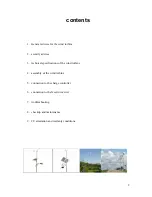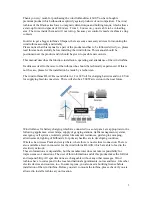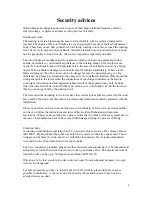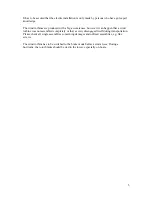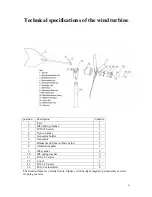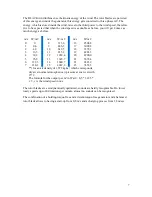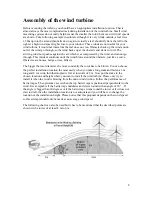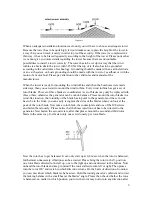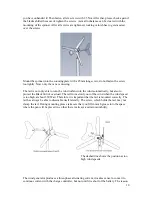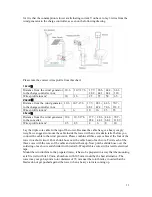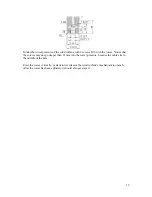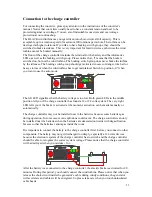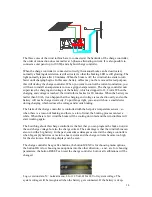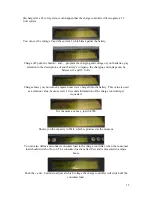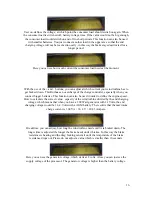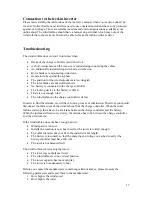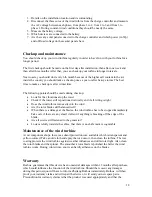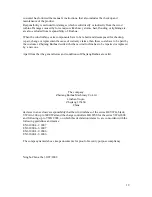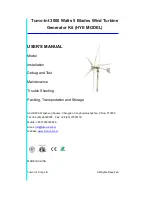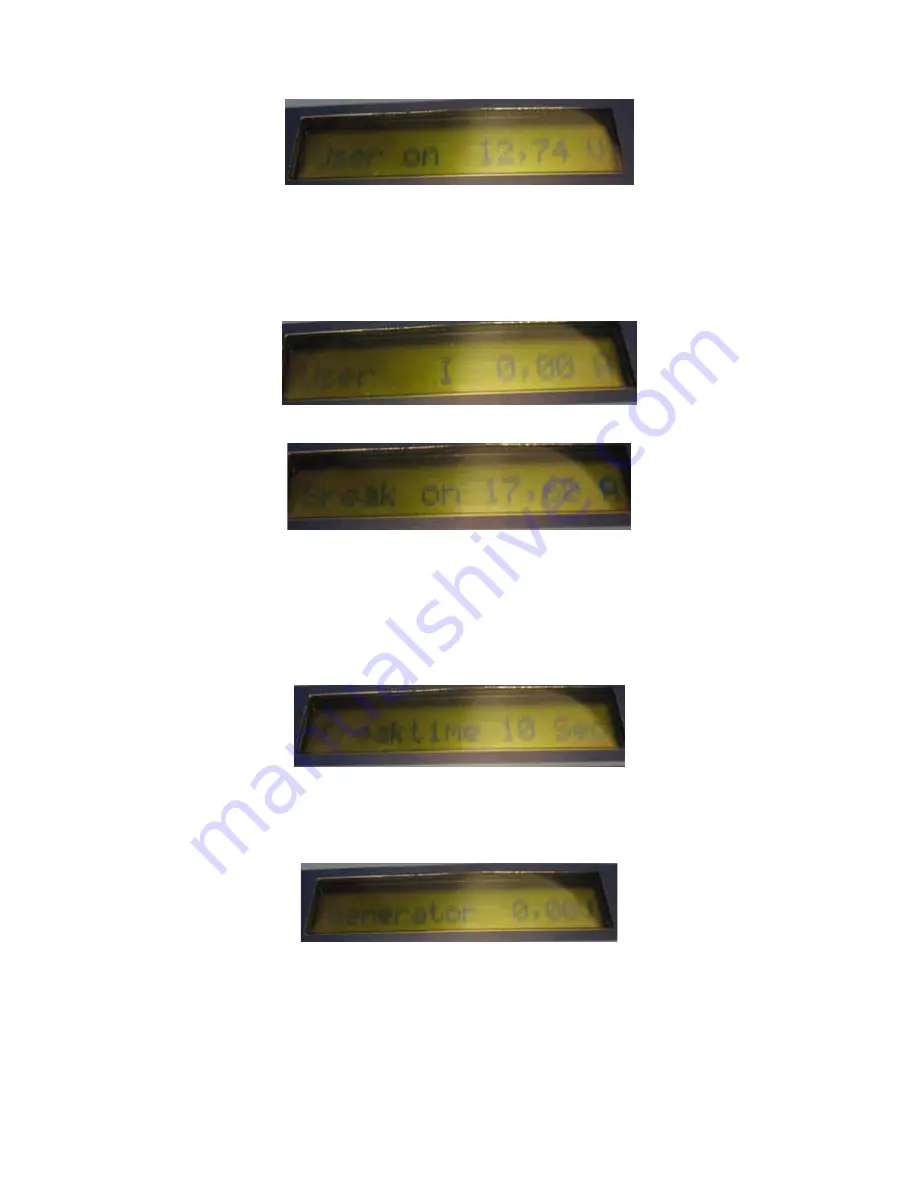
16
User on, defines the voltage, at which point the consumer load should switch on again. When
the consumer load is switched off, battery voltage rises. If the value would not be big enough,
the consumer load would switch on and off in short periods. This function can also be used
with smaller batteries. You just connect another load in the upper area so that the end
charging voltage will not be reached too early, in this way the brake stays deactivated for a
longer period.
Here you can see how much current the consumer load needs at the moment.
With the use of the + and – buttons, you can adjust at which current your wind turbine has to
get braked down. This Ruihuas an overcharge of the charge controller, especially when you
connect bigger batteries. This function can also be used in order to define the engine speed.
How to calculate the correct value: capacity of the wind turbine divided by the end charging
voltage, which means that when you have a 300 Watt generator with 12 Volts, the end
charging voltage would be 14, 4 Volts with a AGM battery. The result is that the maximum
charge current is 300 VA / 14, 4 V = 20,83 Ampere.
Breaktime: you can adjust, how long the wind turbine needs until it is braked down. The
longer time is adjusted the longer the brake needs until it brakes. In this way the brake
resistance is heating and the drag braking can start until the temperature of the brake
resistance drops out. Please do not adjust a value which is smaller than 10 seconds.
Here you can see the generator voltage, which starts at 8 volts. Afore you can just see the
supply voltage of the processor. The generator voltage is higher than the battery voltage.

